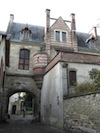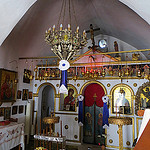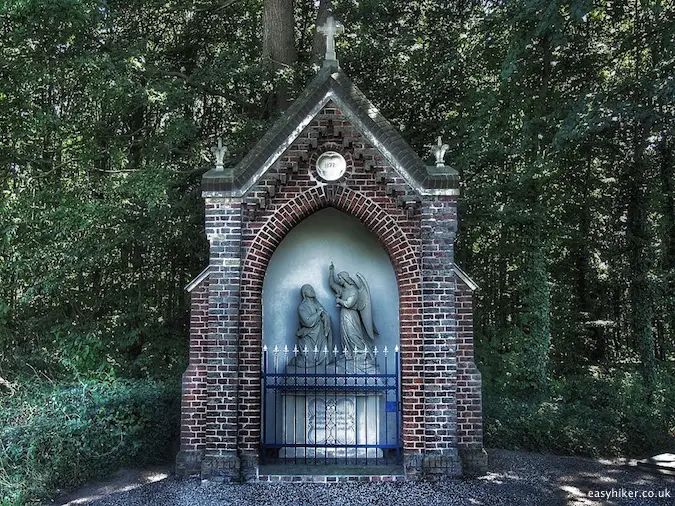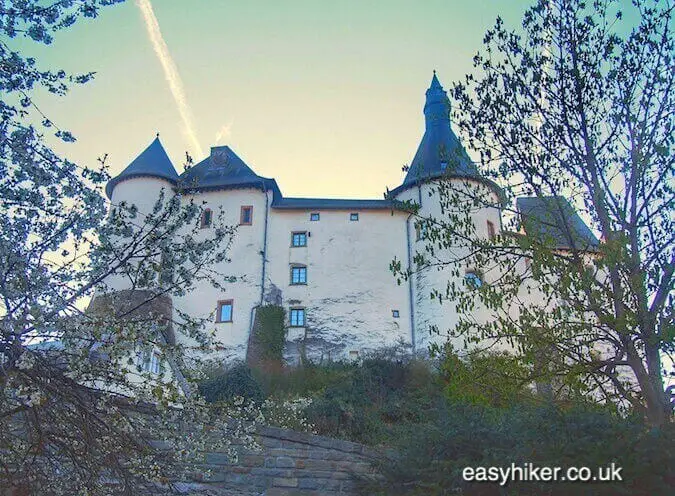Bucket lists are all the rage. You care to find out all about the 1001 Things To See in Outer Mongolia Before You Die? I am sure there is a book or a website somewhere to take you from the World’s Largest Yurt to the Genghis Khan Toenail Museum or whatever.
Does anybody ever use these lists of randomly picked sites and curios as guidance for their own travel itineraries? I hope not.
Which is why this post is inspired by a far older list: the 7 Wonders of the Ancient World. This list, although superficially not all that different in nature, is superior in two important ways.
Firstly because 7 is a much more digestible number. Using no more than seven points, I can build a travel route that does not zigzag crazily all over the map.
Secondly because a shorter list requires a focus on what is essential, cutting out the highly idiosyncratic and the ludicrously contentious.
Few people, that much is certain, have ever contended with the 7 Wonders of the Ancient World: the list has shown its strength by staying virtually unchanged ever since Herodotus first came up with the idea.
We pick the 7 Wonders of the French Riviera
So what is the essence of the French Riviera’s charm and lasting popularity?
Above all, it is its ability to reconcile contrasts: contrasts of landscape between the urban and the wild, contrasts of culture between speedboats and mountain goats, contrasts of architecture between the stately pomp of the Second Empire and the intoxicating fizz of the Jazz Age. Differences, after all, attract – each other but visitors, too.
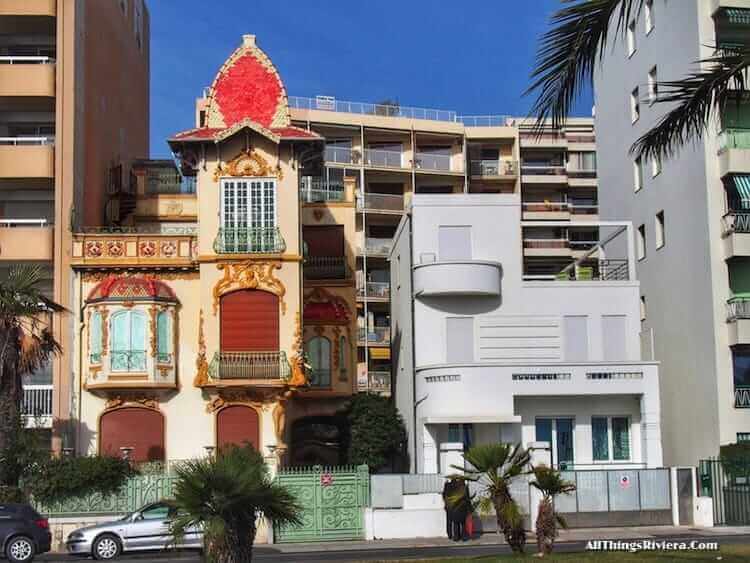
1. Monaco
Monaco is the one place on the French Riviera that every visitor wants to see. Some of these visitors admit so only with a certain sense of embarrassment – isn’t the place terminally uncool and a byword for vulgarity these days? – but there is no need for any such mortification.
Seeing this glittering jewel of steel, glass and stone for the first time from afar, preferably from the bus or the train on the Cap St Martin peninsula, as it nestles incongruously in the idyllic coastal landscape – like something from outer space that has just landed – is one of the greatest moments of awe you are ever to experience on a trip in Europe.
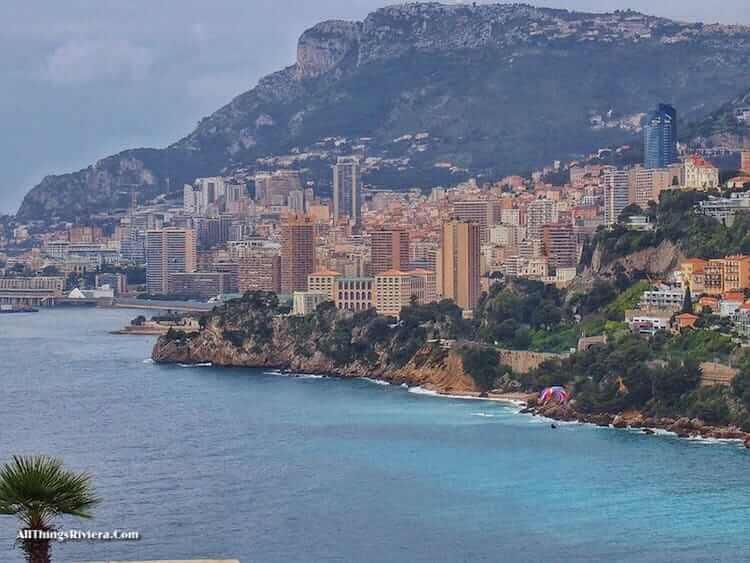
What’s the best way of exploring Monaco? Two suggestions: If you arrive by bus (Ligne d’Azur no. 100 from Nice or Menton), disembark at the border and walk through the entire state from end to end or, if you come by train, follow one lap of the Formula 1 route, essentially a loop through downtown Monaco (starting just outside the train station).
The latter route in particular is full of echoes from Monaco’s glory days in the 1950s and 60s when Grace Kelly reigned and Aristoteles Onassis partied with the likes of Gunter Sachs and Brigitte Bardot – when men were playboys and girls were bunnies.

2. Menton
Menton lies a mere 15 kilometres to the east of Monaco – and a world away. Laid-back and serene Menton consists of two towns: firstly an Italian – or, more precisely, a Ligurian – former fishing village, pretty even by Italian standards, a rhapsody in terracotta, rich yellows and luminous shades of orange set against the backdrop of a clear blue sky.
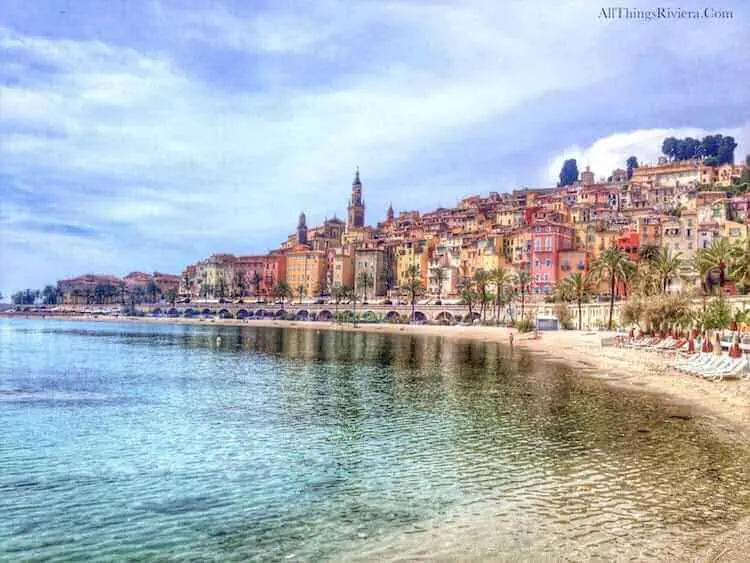
The second town is a Belle Époque health resort with gardens and avenues for extended promenades and with Last-Year-In-Marienbad-style grand hotels built in any conceivable style between the Taj Mahal and King Dracula’s castle.

Stroll through the Bioves Gardens and along the beach promenade or get lost in the maze of narrow lanes in the picturesque old town.
And if you still have energy after that, walk across the Italian border (approx. 1 mile from the old town) where you can have a bite in La Grotta, 200 metres away from the world-famous Mirazur restaurant, enjoying what is pretty much the same bay view for the price of a sandwich.
3. Eze
Having visited a flashy yacht harbour and a Ligurian fishing town, it is now time for the third member of the French Riviera trinity: a proper hilltop village.
You will find none closer to the coast than Eze – or one that is more dramatically located: a spiralling main street leads you further and further up until, at the very top of the cone, you feel like shouting: Made it, Ma, top of the Riviera!
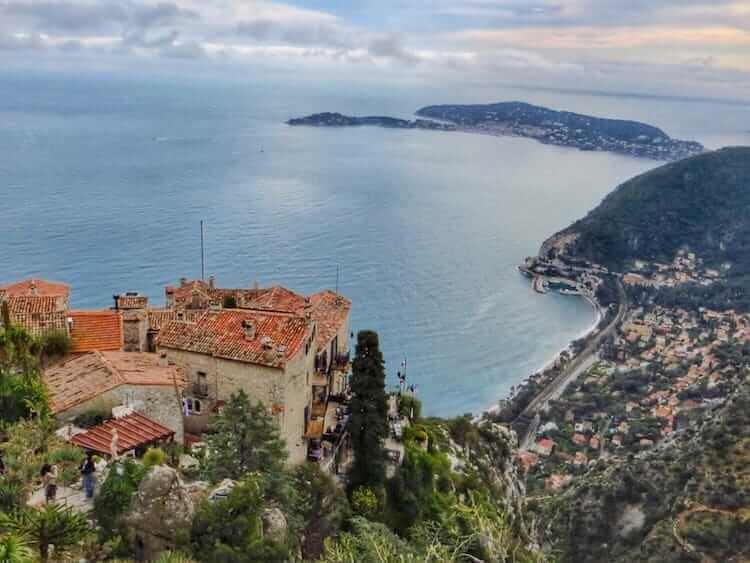
There are buses that take you from Nice to Eze Village, but it is much more stylish to take the trail from Eze-sur-mer train station. Just make sure that all the members of your walking party are appropriately forewarned of what expects them.

4. Alpine Foothills
One reason for the lasting popularity of the French Riviera – the “unique selling point” of its landscape – is the spectacular backdrop of grey rocks and bald mountain tops that throws all the palm trees, beach parties and busy restaurant terraces into sharp relief.
No trip to the Riviera should be complete without a journey into the heart of this totally different world of rocks and barren grasslands.

But the big beasts of the Alps (often snow-covered until late in the spring) are further away than they look. The High Alps are also difficult to access, requiring complicated and time-consuming journeys.
As a compromise – which gives you a fair flavour of what the Alps feel like within an easy day-trip distance – we recommend the hike from Gorbio to Saint Agnés, which advertises itself as “Europe’s highest coastal village“ (maximum altitude: approx. 800 metres).
Both villages are part of Menton’s municipal bus network, so they are relatively easy to reach and to get away from.

5. Porquerolles
Where does the French Riviera begin? This is a much disputed question, but for historical reasons, it is impossible not to include the resort town of Hyéres about 20 kilometres east of Toulon where the whole Cote d’Azur circus began sometime in the mid 1800s.
For our purposes, however, Hyeres is mainly important as the main point of access to one of the French Riviera’s greatest wonders: the island of Porquerolles.
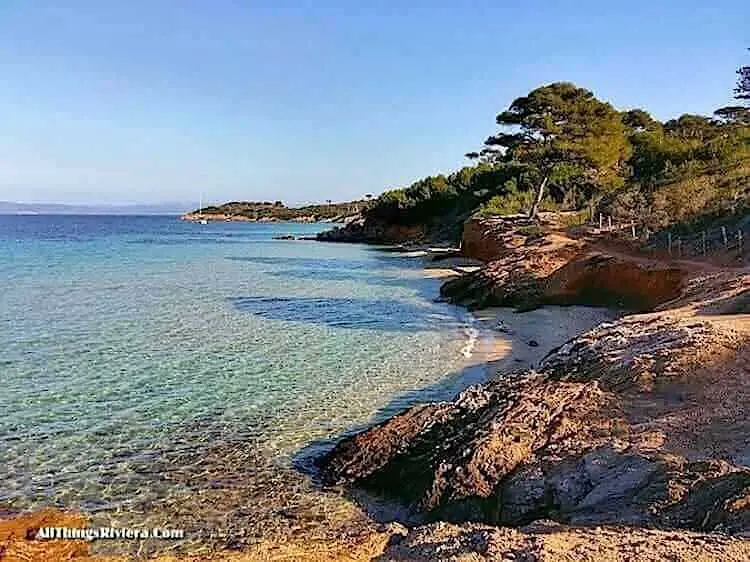
Bought by a man as a wedding gift for his bride, Porquerolles was always run as an ornamental garden rather than a farm. Every wave of visitors that was responsible for the creation of tourist boomtowns on the coast passed this little island by: wealthy aristocrats, upper-middle-class lung disease patients, the Scott Fitzgerald set, playboys and bunnies, Russian oligarchs.
If you want to know what the coast would look like if it had never been developed: this is where you should come.
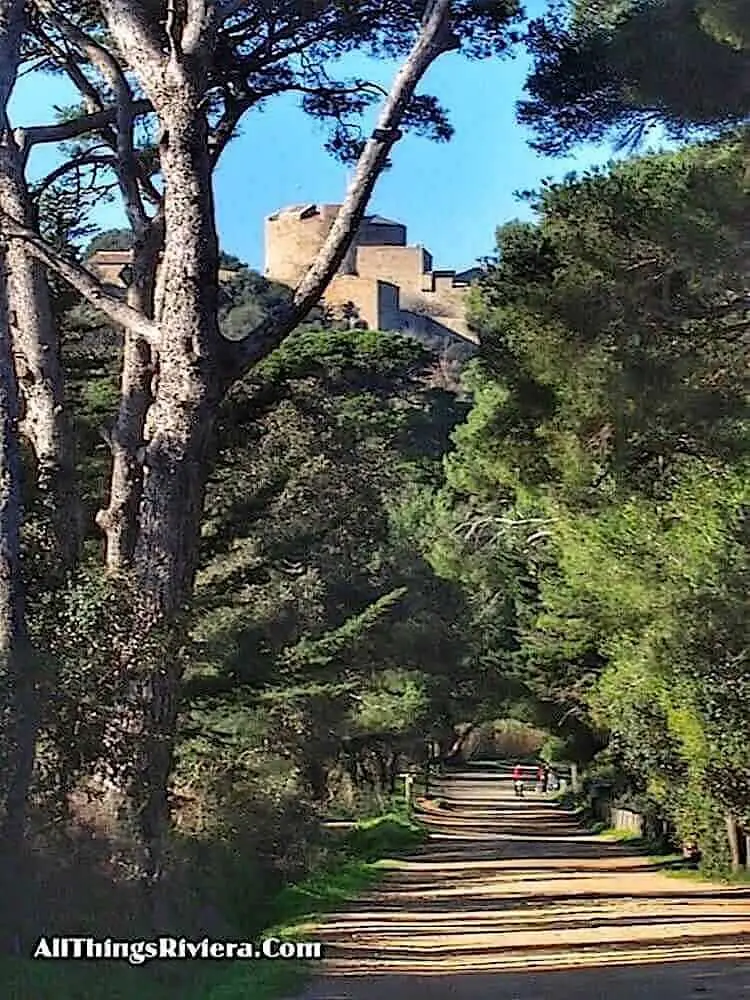
6. Esterel
For the greatest bit of natural beauty anywhere along the Riviera coast, however, you don’t have to go quite as far away from the region’s heartland around Nice. The Esterel mountain range starts approx. 10 km to the west of Cannes, and if you come to the Riviera by train from Paris or Marseille, you will have seen it – and marvelled at its colours.

The protected area stretches from Saint Raphael to Mandelieu, and if you take a slow train between the two, there are several stops from where you can gain easy access.
Your best options are Theoule-sur-mer (for a short hike) and Le Trayas for a longer and possibly the most rewarding one-day hike anywhere in the region.
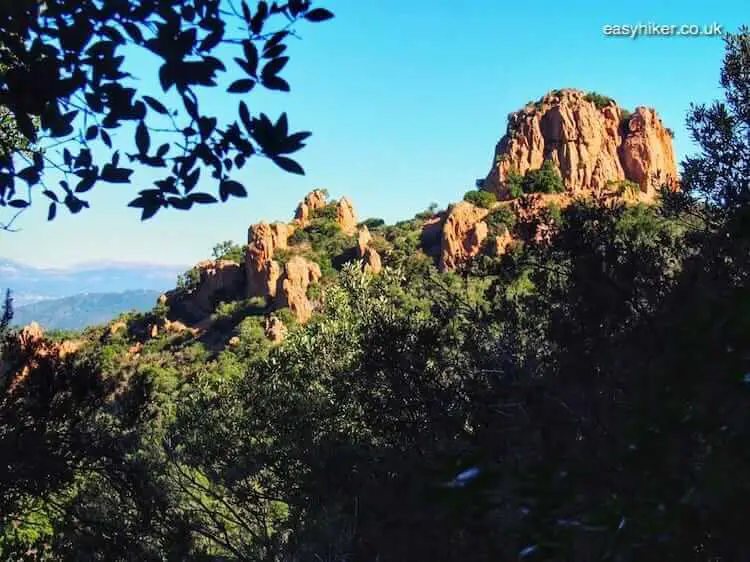
7. Promenade des Anglais
Finally, a synoptic experience of all the things that make the French Riviera so great: views of great scenic beauty, the mix of urban sophistication and brashness, the street life of wealthy flaneurs and adventurous newcomers with a dream of an easy life.
You can see all of that and more on a walk down the Riviera’s most famous street: the Promenade des Anglais in Nice.
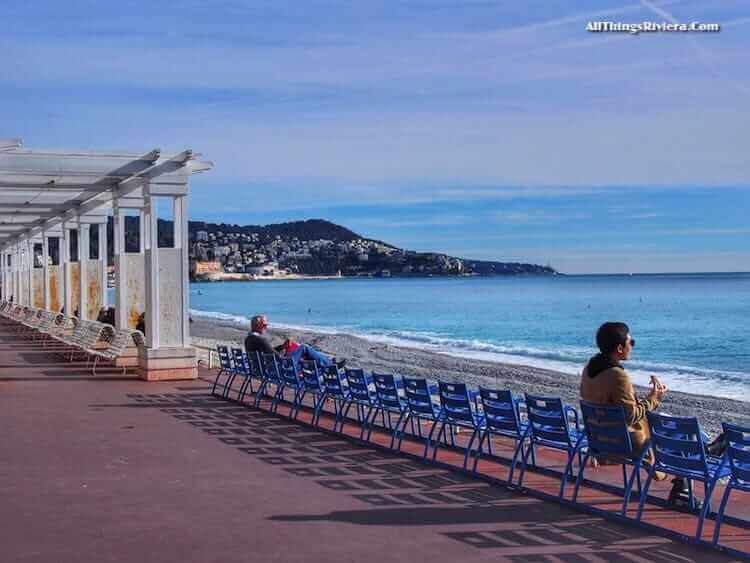
The Prom starts near the airport just underneath the Parc Phoenix (easily accessible with tramway line T2). Walking from there in the direction of the city centre, you reverse the history of this famous street and of the city which was constructed very much around it.
You begin in the Promenade’s youngest section and walk slowly back the decades to the oldest buildings and, eventually, to the port and the Old Town, past sceneries that have delighted and inspired some of the greatest painters of modern times such as Henri Matisse who lived and worked for 30 years with a view of the street.

Which brings us to the best thing about the 7 Wonders of the French Riviera. Bear in mind that the 7 Wonders of Antiquity, even if they all really existed which seems by no means certain, only stood intact at the same time for about 50 years. Which makes you wonder what to make of some experts’ interpretation that the list served as antiquity’s equivalent to a modern day’s tourist brochure.
The 7 Wonders of the French Riviera, conversely, all do exist (you can take my word for it), and they are all there right now for you to enjoy.

